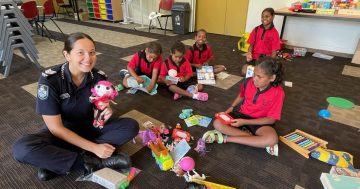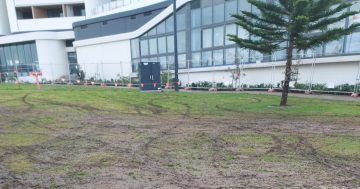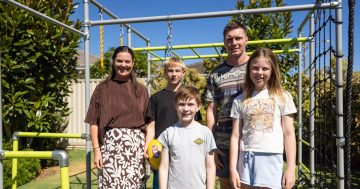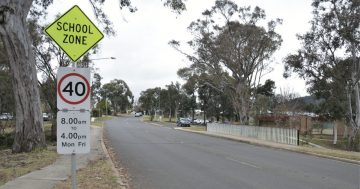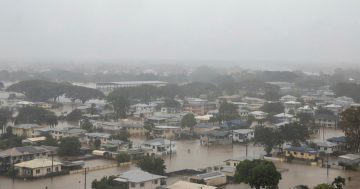 The Minister for Energy, Mick de Brenni has praised Energex’s successful Safety Heroes program which has been embraced by primary schools across Queensland.
The Minister for Energy, Mick de Brenni has praised Energex’s successful Safety Heroes program which has been embraced by primary schools across Queensland.
Mr de Brenni said it was terrific to see a record-breaking 98 per cent participation rate in the program this year.
“Since Safety Heroes was launched in 2015, tens of thousands of Queensland children from Prep to Year 6 have been taught the science behind electricity and how to stay safe around it,” Mr de Brenni said.
“I’m confident in our local students that these lessons stay with them for life and help save lives.”
He said the program also provided an opportunity for local children to get an insight into the great career prospects on offer in their publicly-owned energy system.
Executive General of Manager Services at Energex, Karen Stafford said flood safety would be a key focus.
“Floods earlier this year highlighted the importance of arming people of all ages with electrical safety tips,” Ms Stafford said.
“We live in an electric world, which makes our lives easier, more comfortable and more entertaining, but we need to know how to stay safe around electricity, especially when natural disasters strike.”
She said Safety Heroes taught children what to do before, during and after severe weather events, which could not only damage the power network, but electrical installations and appliances in the home.
“From warnings not to play in floodwaters, which could conceal fallen powerlines and other hazards, to basic bathroom safety, the kids learn why electricity and water are a dangerous combination,” Ms Stafford said.
Principal of Springwood Central State School, Kerry White said the school was excited to have been given the opportunity to participate in the 2022 Safety Heroes program.
“We recognise the importance of our children learning about ways to keep themselves, and their families, safe around electricity, especially during floods and storms,” Ms White said.
“The Safety Heroes presentation was an engaging and informative opportunity to share this significant and potentially life-saving message with our students.”



